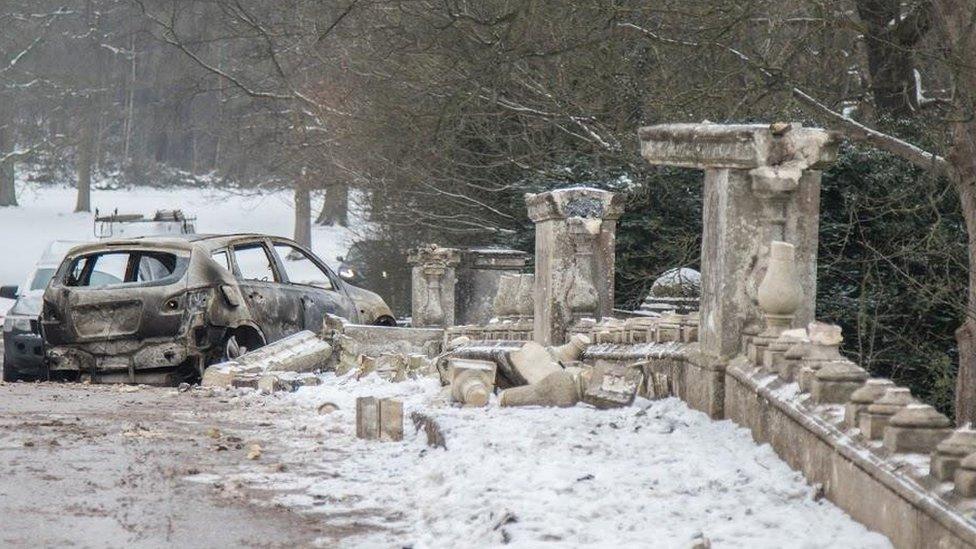Clumber House: Dig held at Nottinghamshire mansion
- Published
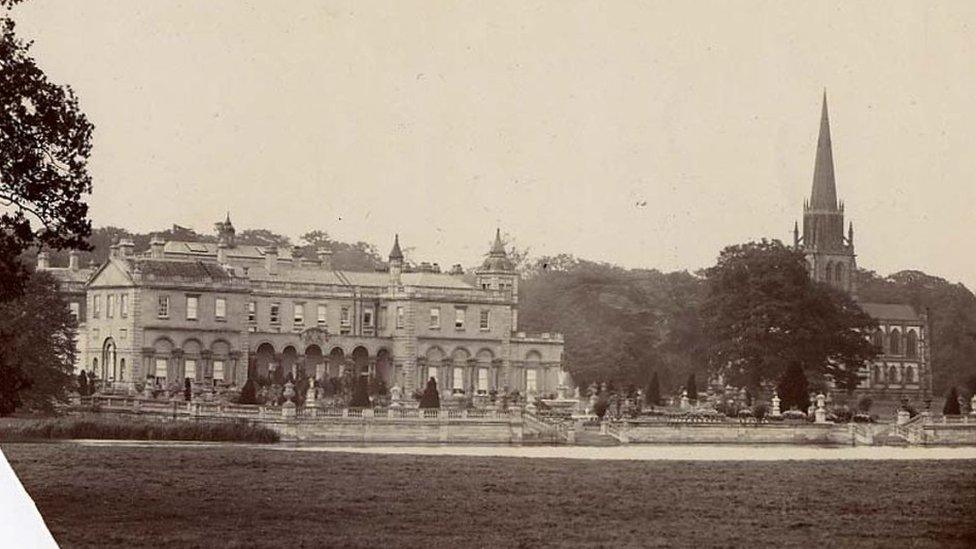
Clumber House once boasted a three-flight marble staircase and grand entrance hall
An archaeological dig has taken place at a demolished 18th Century mansion.
The excavation began on Wednesday at Clumber House in Nottinghamshire and aimed to determine whether the cellars were still accessible. The stately home was torn down in 1938.
The cellars were found during a dig on the National Trust site in Clumber Park, near Worksop, in 2016.
The trust said it was now "busy processing the finds", which include pottery and mosaic flooring.
It said it would analyse the condition of the cellars.
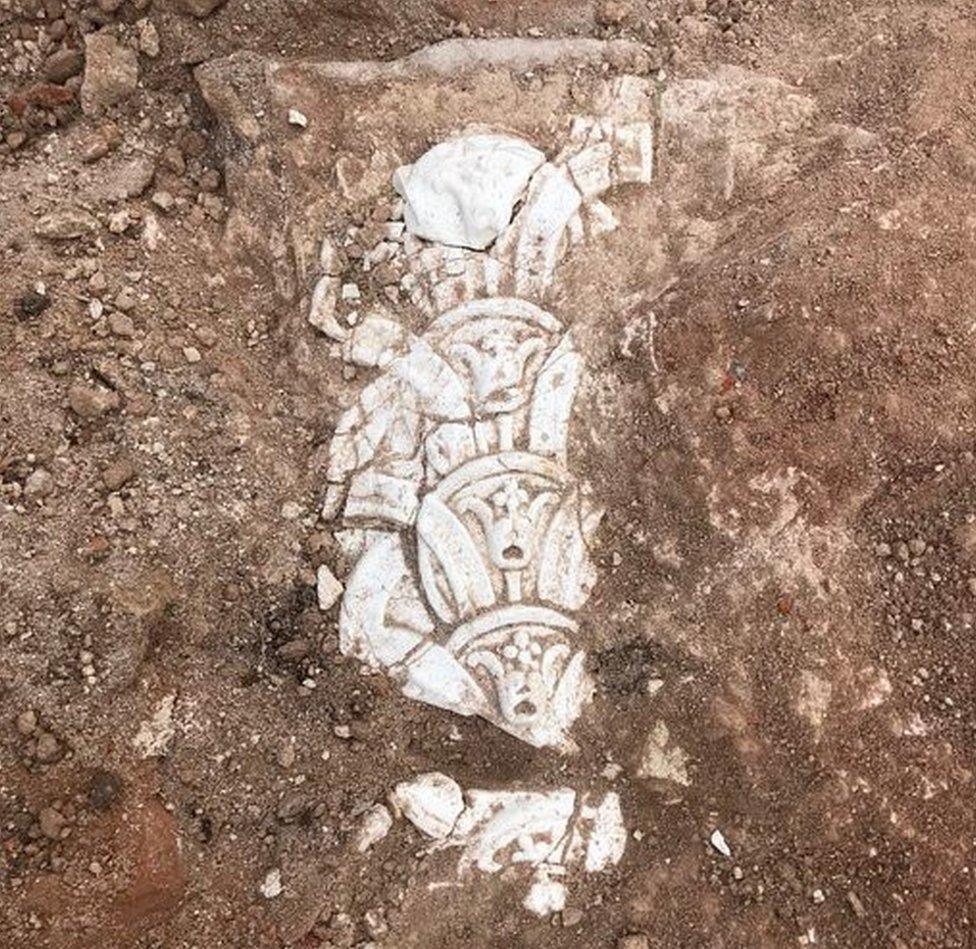
Decorative plaster uncovered during the archaeological dig
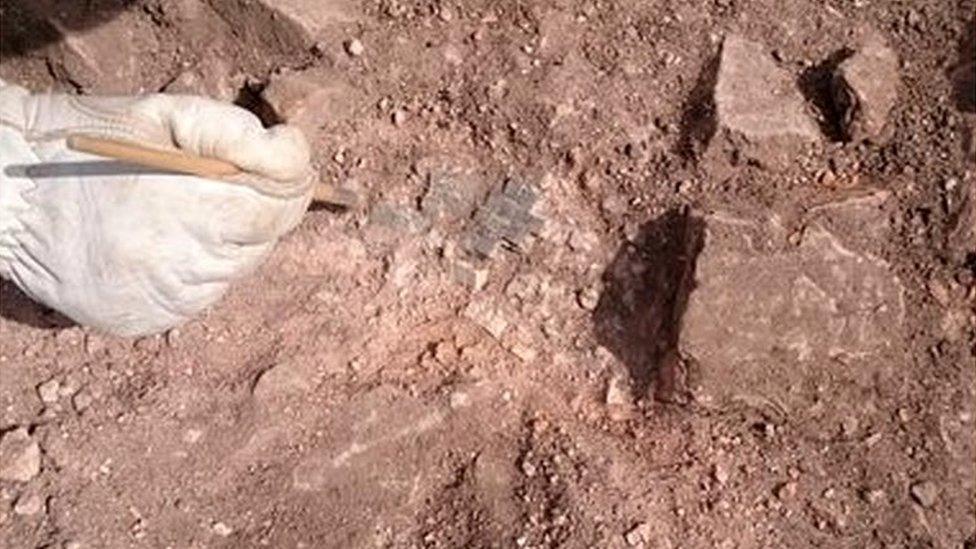
Mosaic flooring uncovered in the hallway surrounding the Great Hall
At least four cellars, a kitchen wall, the butler's pantry and the base of one of the Great Hall columns were unearthed during the dig.
As well as mosaic flooring and pottery, plaster work that would have decorated the walls and ceilings was also found.
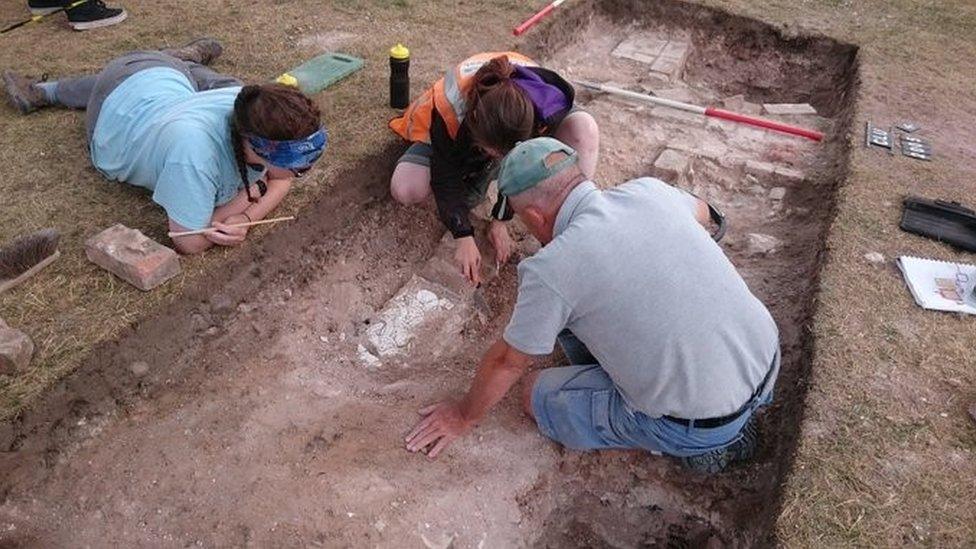
Archaeologists and volunteers dug at the Clumber House site for several days

They have uncovered walls and rooms as well as artefacts
The trust said there had been digs at Clumber House in the 1970s and in 2016, but "many questions still remain".
"[We] hold very little in the way of material culture from the building, as it is believed that that the house... was stripped of all its masonry and fittings prior to its demolition."

Archaeologists said some artefacts unearthed would help reveal more about what the interior of Clumber House looked like
Following 1970s archaeological excavations, the outline of the house was picked out in stones.
"These lost rooms were replaced by an enormous entrance hall, which featured balustrade galleries, tessellated pavements and various niches for statuary," the trust said.
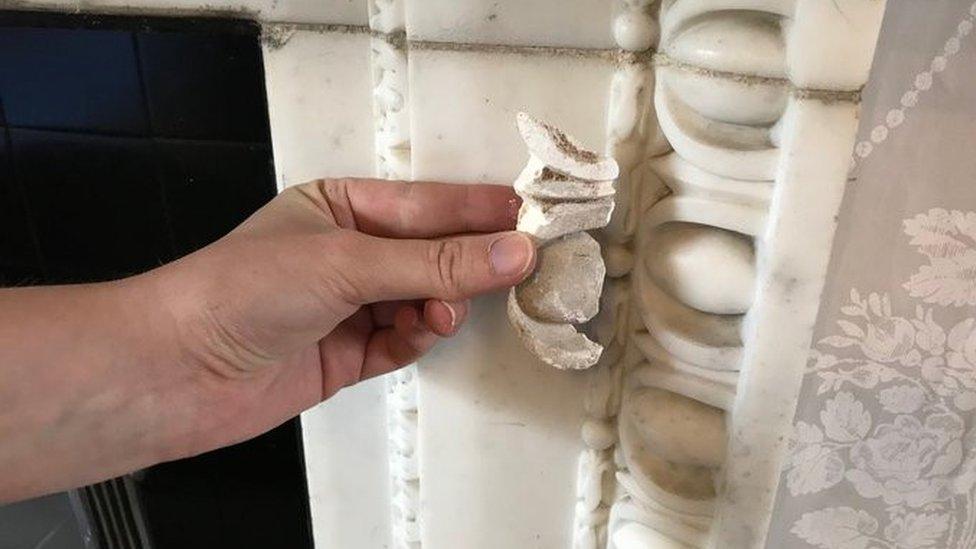
Plaster work from the dig and the marble fireplace in the parsonage
In 1879, a fire destroyed the central core of the mansion.
In 1938, it was torn down after more fires and an economic downturn.
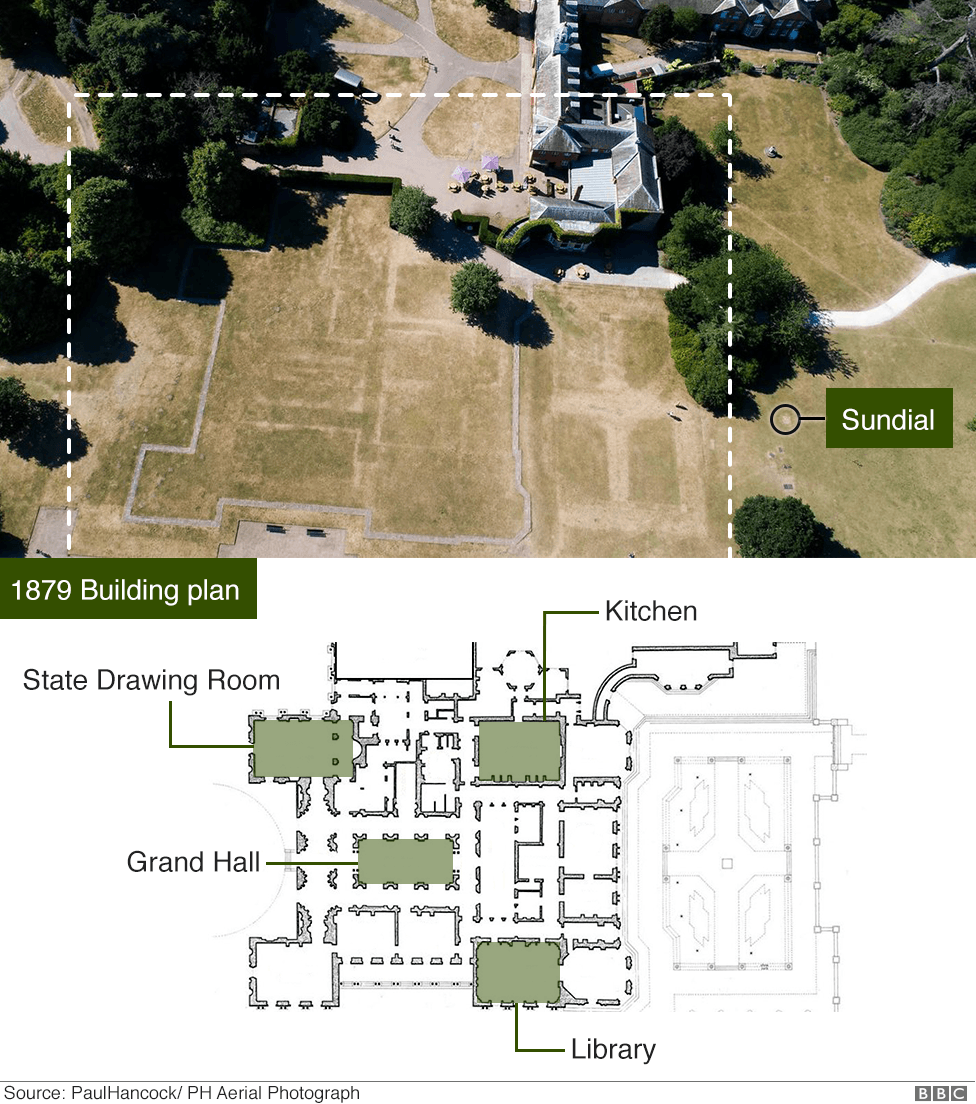
The hot weather recently revealed a "ghost" of the mansion.
The outlines of rooms and corridors became visible as stone foundations made the ground heat up more quickly than surrounding earth, scorching the soil above in a lighter shade.

Follow BBC East Midlands on Facebook, external, on Twitter, external, or on Instagram, external. Send your story ideas to eastmidsnews@bbc.co.uk, external
- Published25 July 2018

- Published17 July 2018
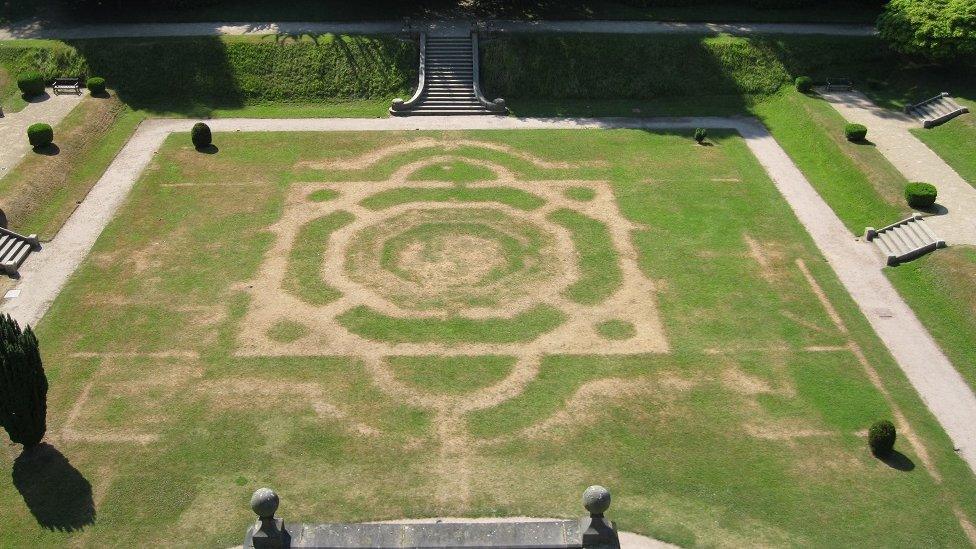
- Published12 March 2018
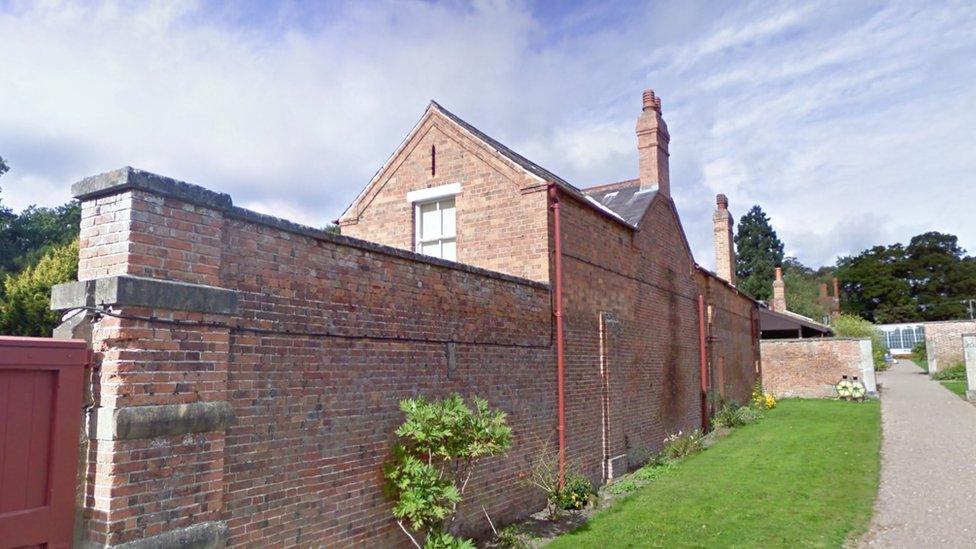
- Published10 March 2018
